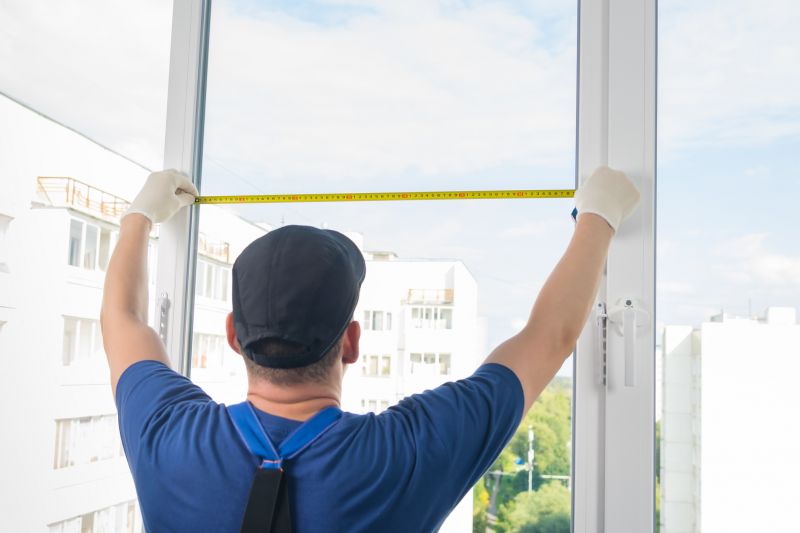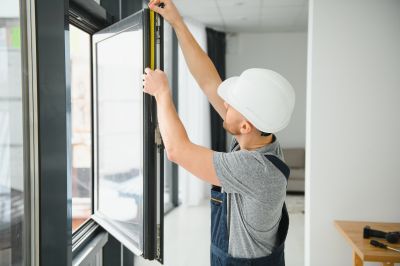Optimal Timing for Windows Installations
Windows installations are often scheduled during periods of lower activity to minimize disruptions. The optimal time depends on factors such as business operations, user availability, and system requirements. Planning installations during off-peak hours or weekends can help ensure smoother transitions and reduce downtime.
Scheduling during evenings or weekends minimizes impact on daily operations and productivity.
Ensure backups are completed prior to installation to prevent data loss and facilitate recovery if needed.
Perform hardware and software compatibility assessments beforehand to avoid delays or issues during installation.
Coordinate with update schedules to ensure the latest patches and security features are included.

A technician prepares the system during off-peak hours to ensure minimal disruption.

Backup and compatibility checks are performed before the scheduled date.

System is configured and tested during scheduled maintenance windows.

Ways to make Windows Installations work in tight or awkward layouts.

Popular materials for Windows Installations and why they hold up over time.

Simple add-ons that improve Windows Installations without blowing the budget.

High-end options that actually feel worth it for Windows Installations.

Finishes and colors that play nicely with Windows Installations.
| Factor | Recommendation |
|---|---|
| Business Hours | Schedule outside of peak hours for minimal disruption. |
| System Compatibility | Complete assessments before installation. |
| Data Backup | Perform backups prior to installation. |
| Update Timing | Coordinate with update releases. |
| Power Stability | Choose times with reliable power supply. |
| User Availability | Schedule when users are least active. |
| Environmental Conditions | Pick times with stable climate conditions. |
| Maintenance Windows | Utilize planned maintenance periods. |
Windows installations are critical for maintaining system security, improving performance, and enabling new features. Proper timing can reduce operational interruptions and ensure a smoother process. Regular updates and installations help safeguard against vulnerabilities and enhance user productivity.

Technicians perform installations during scheduled maintenance to ensure efficiency.

Upgrades are planned during low-usage periods for minimal impact.

Systems are tested to confirm stability and functionality after installation.

Post-installation configurations improve system performance.

Little measurements that prevent headaches on Windows Installations day.

A 60-second routine that keeps Windows Installations looking new.

A frequent mistake in Windows Installations and how to dodge it.

Small tweaks to make Windows Installations safer and easier to use.
Interested in scheduling a Windows installation? Filling out the contact form provides an opportunity to discuss timing options and ensure the process aligns with operational needs. Proper planning and execution can lead to a seamless upgrade experience.




